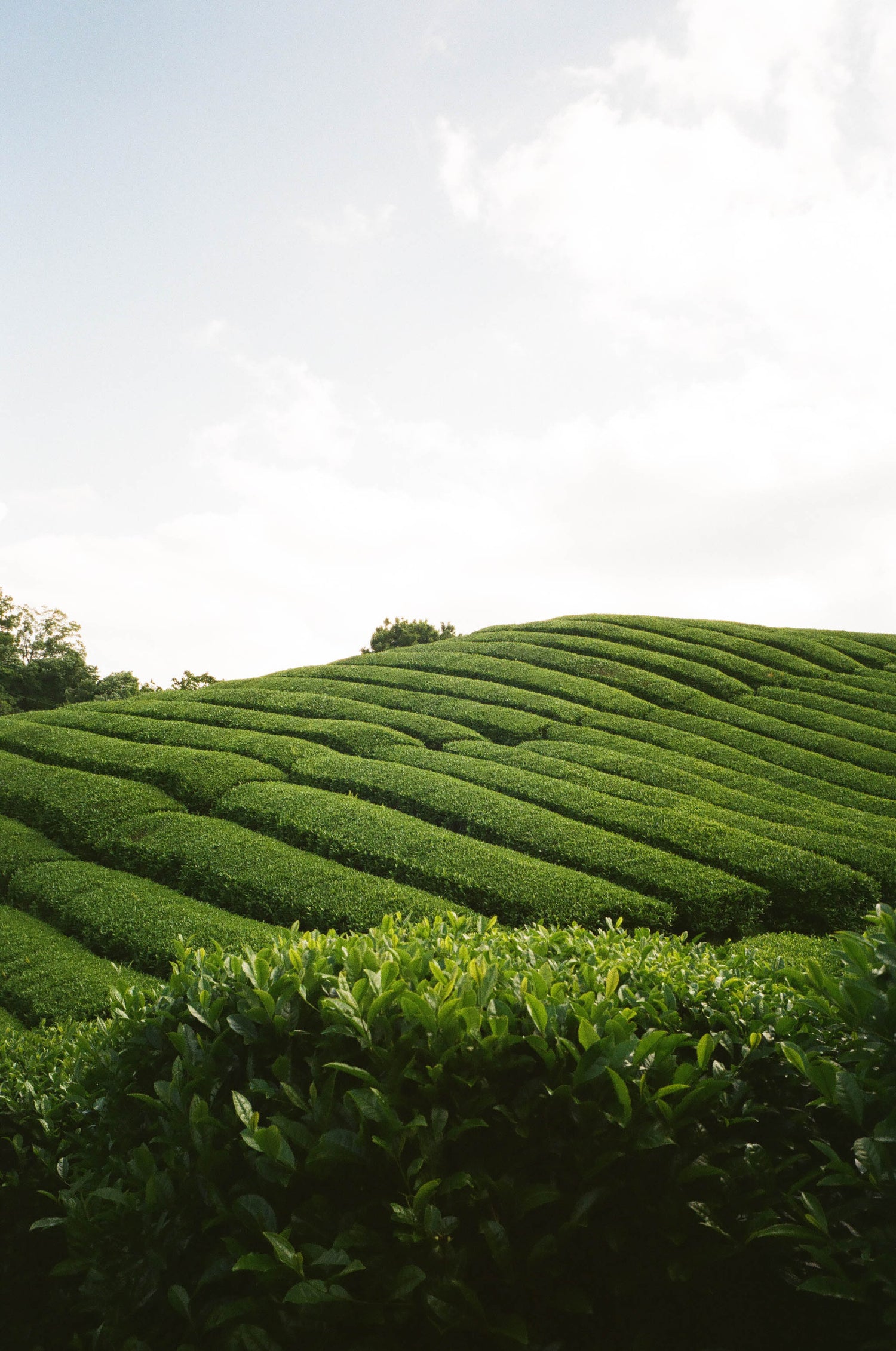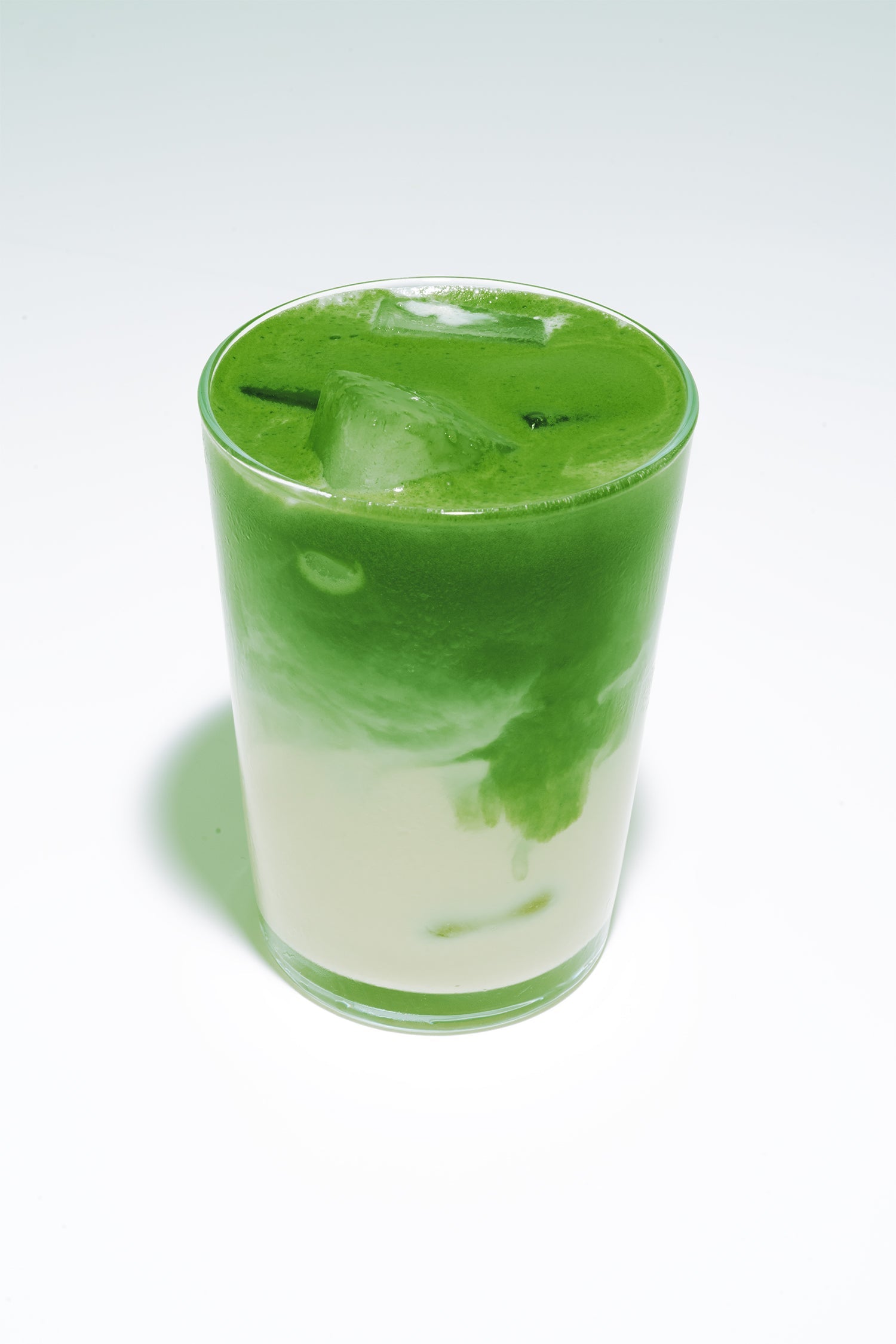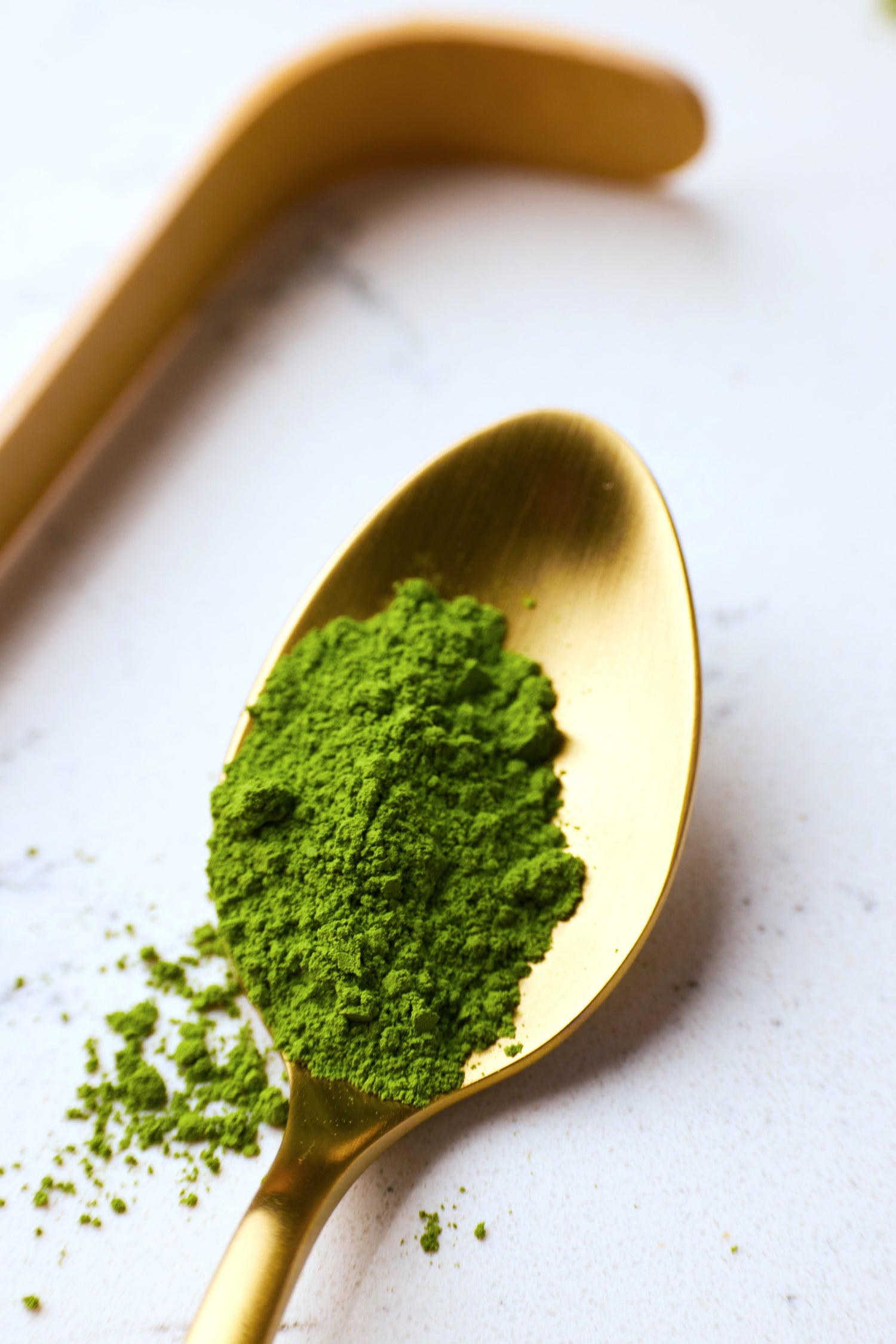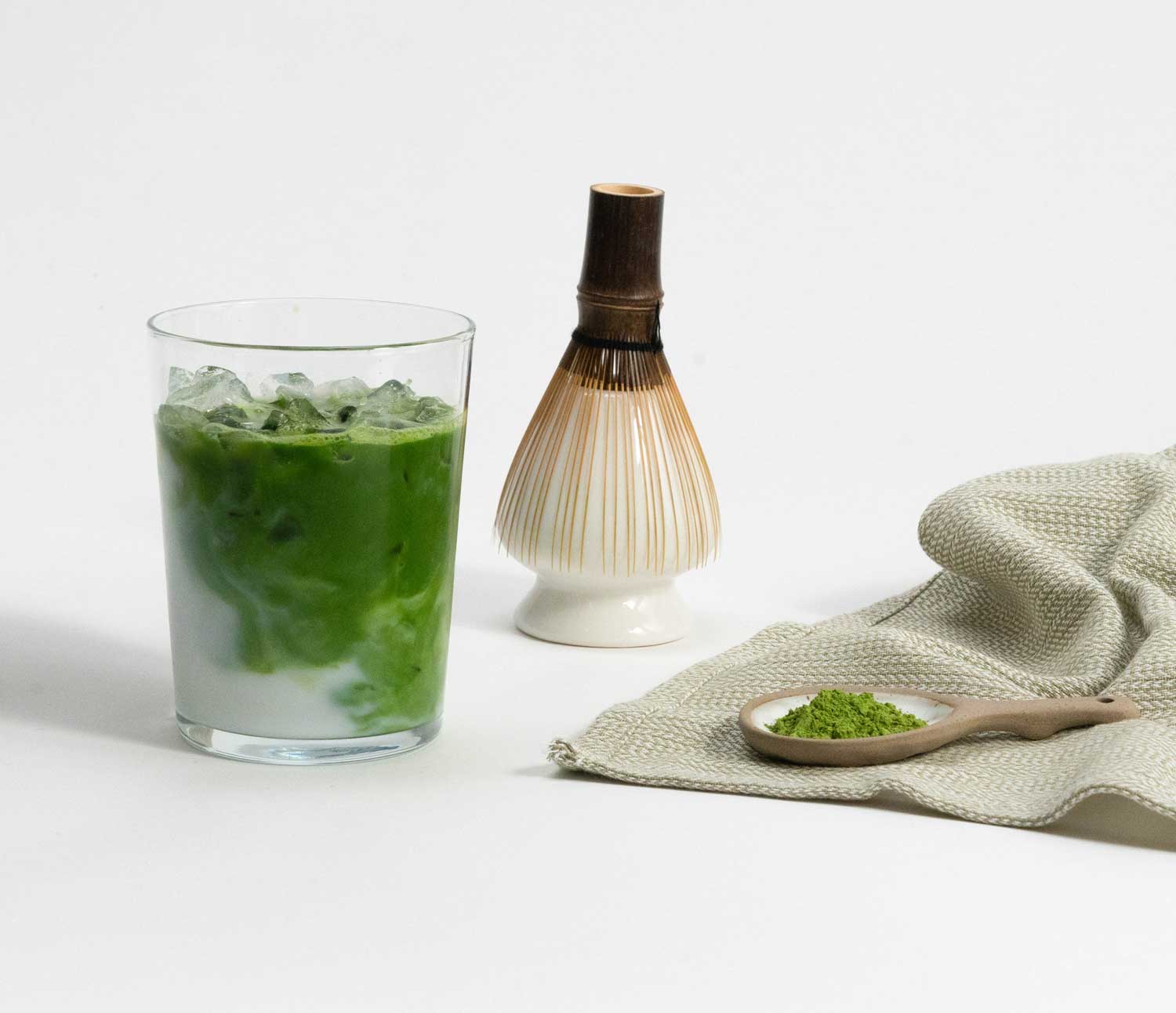Matcha isn't always the same. The differences usually lie in the cultivation and harvesting process. Our tea farm is a traditional company that has been family-run for several generations and has been producing organic matcha for several decades.
The growing area for the Matcha tea is one of the best and oldest tea-growing regions in Japan: the Uji region, located west of Osaka. The region is known for its clean water and nutrient-rich soil, free of pesticides. The region offers a perfect climate: mist from the Uji and Kizu rivers keeps the tea plants moist and reduces the risk of frost damage. Tea farmers traditionally protect the plants from the sun with reeds and bamboo sticks. We've compiled the exact steps for how our Matcha tea is produced:
Oishitaen: Tea cultivation in the shade
Around April, shortly after new shoots emerge on the bushes, the fields are covered, almost completely protecting the plants from sunlight. In Uji, reeds have been spread on bamboo canes for centuries. Today, only a few farmers still use this traditional method. The shade allows the tea to concentrate its plant compounds and retain them in the leaves. Bushes that are not exposed to sunlight increase chlorophyll production many times over. Also important is L-Theanine, the amino acid responsible for the umami flavor in tea. Shade-grown tea preserves this delicate flavor.
Chatsumi: Tea harvest
The first harvest of green matcha tea begins in late April and ends in late May. After the leaves are picked, new ones appear in their place and are harvested in late June and early July. The third harvest of the year takes place in August. With each harvest, the tea becomes slightly weaker, less colorful and less flavorful. Even the leaves within a single harvest vary in quality – only the tip of the stem, with the two smallest leaves, are picked for the premium quality tea.
Mushi: Evaporation and drying
After harvesting, the tea leaves are immediately steamed to prevent oxidation and fermentation. This process ensures that the tea retains its vibrant green color, fresh aroma, and valuable botanicals. After the steam bath, the tea is dried with gentle blasts of air. The leaves shrink to about one-sixth of their previous volume.
Senbetsu: Separation of stems and leaves
The dried tea leaves are sorted by size, weight, and color. Their stems and veins are then removed. The clean leaves are cut into smaller pieces and then dried for a while. The finished tea undergoes a final inspection, and all unwanted parts are removed. The end result is small, dark green, perfectly cleaned leaves. This tea is called tencha and is the raw material from which matcha is made.
Funsai: Grinding the leaves into powder
To make matcha, the leaves of the tencha are taken and ground in rotary mills. Two specially shaped granite stones rotate and slowly grind the tea into a powder. The process requires time and precision. Thanks to its powdery texture, it blends perfectly with water, yet is not soluble like, for example, cocoa powder.
Kensa: Final exam
The final step is a detailed inspection of the produced tea. Nutrient content measurements are taken and tests are conducted for possible contaminants. The Health Bar Matcha is also certified by the independent Japanese organization JONA, which issues a special JAS certificate. This certification confirms that our tea is organically grown and pesticide-free and has not been contaminated by external pollutants, such as air pollutants, during cultivation and production. The Japanese JAS certificate is awarded in Europe by an independent body, Agro Bio Test, which not only monitors the tests conducted in Japan but also the way our tea is stored. In addition, laboratory tests for heavy metal contamination and radiation exposure are carried out annually to ensure the best possible quality.
Fukurozume: hermetic packaging
Once it's confirmed that the matcha meets all strict requirements, it's placed in a sealed container. Matcha tea is sensitive to external conditions. At home, after opening, it should be stored in the refrigerator in a closed container that doesn't allow light to pass through. Matcha left in an open container quickly loses its color, aroma, and nutritional value.





